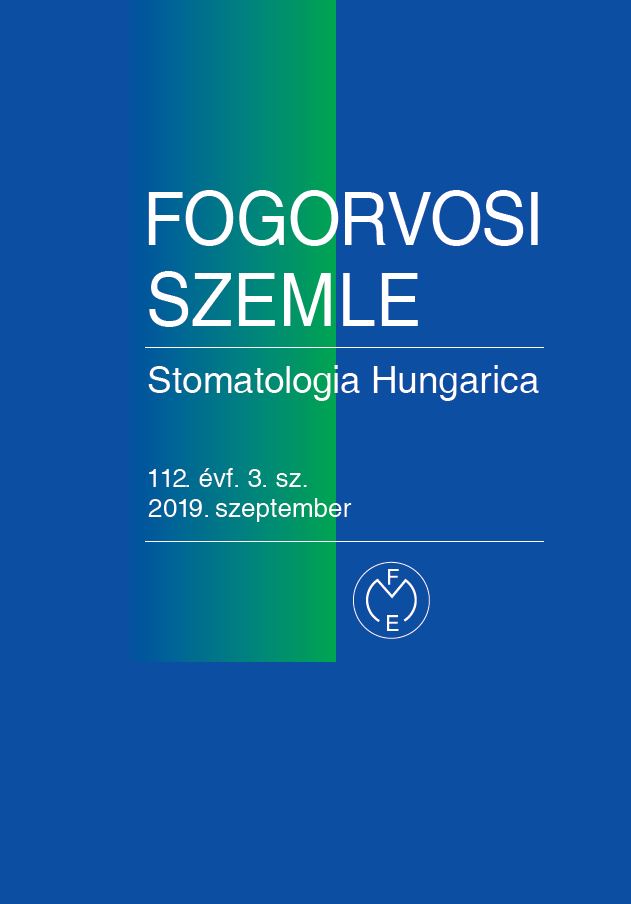Drugs in pregnancy
How to treat pregnant patients in the dental office?
Abstract
There are differences between the dental treatments of pregnant and non-pregnant patients. Pregnant women often attend the dentist’s office due to a higher risk of hormone related dental complications, which are induced by pregnancy. Recognition and treatment of these pregnancy-related disorders are important and dentists must acquire up-to-date knowledge about this topic, so the health of both the mother and fetus can be maintained. Hormonal changes not only cause oral symptoms, but also affect the pharmacokinetic properties of the drugs used in pregnancy.
Special care is required by dental practitioners in both the dental treatments offered as well as the drug therapies chosen. There is plenty of research describing the special considerations with regards to the treatment of pregnant women and the embryonic effects of various drug therapies, however the amount of information on these topics is still not sufficient. Drug classifications can help the dental practitioners determine the possible risks of the drug therapy. In this review article we summarise the up-to-date pregnancy related safety information of the drugs commonly used in dentistry, such as antibiotics, painkillers, local anesthetics, antifungal and antiviral medications, anxiolytics and oral antiseptics.
Copyright (c) 2021 Authors

This work is licensed under a Creative Commons Attribution 4.0 International License.


.png)




1.png)



